Barry Schwartz pointed out on SER a Google Places Help thread about a Jewish business owner who is complaining about receiving “Nazi” keyword traffic via Google Maps. Indeed, if you search for something like “nazi” or “swastika building” in Google Maps in San Diego, this man’s Balloon business is oddly listed in the search results:
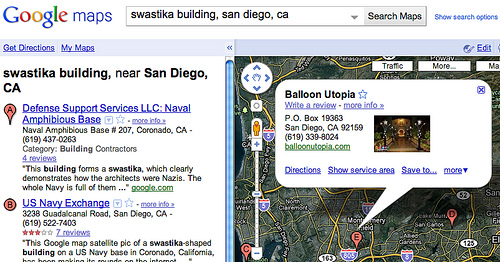
Now, you might wonder why people would be searching for those keywords in San Diego in the first place, and there’s actually a reason why, as Barry pointed out. In fact, I feel marginally responsible for this, so I delved into the business owner’s question to try to diagnose what might be happening.
Some years back, among all the reporting and documenting I do about what’s going on in Google Maps, I came across a unique building in San Diego — an old military barracks, as it turns out, which is shaped like a Nazi Swastika:
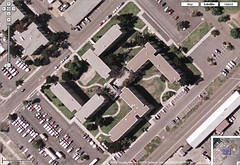
I documented that in my Flickr account, and went along without thinking about it much.
Until it went viral.
At some point, some radio DJs glommed onto the story and also the Anti-Defamation League came across the picture and made the public more widely aware of the offensive shape. Even though the shape could only be seen from flying overhead or via online aerial photos, public outrage was sufficient to persuade the military to agree to renovate the exterior of the building in order to change the shape in birds-eye profile.
So, there’s reason why a lot of people are searching for “nazis” and “swastika buildings” in San Diego. But, to a lay person it may not be clear why a balloon business might come up as relevant to those searches within Google Maps.
After delving into this, I believe there’s an explanation, and a solution (more…)

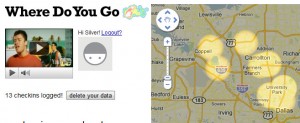
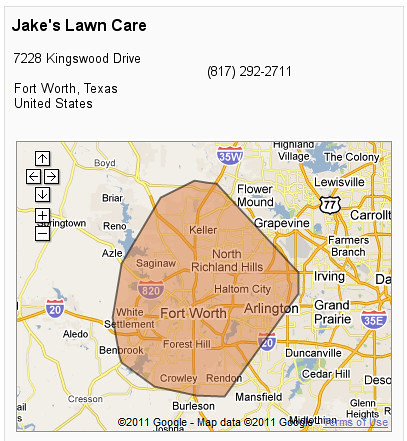


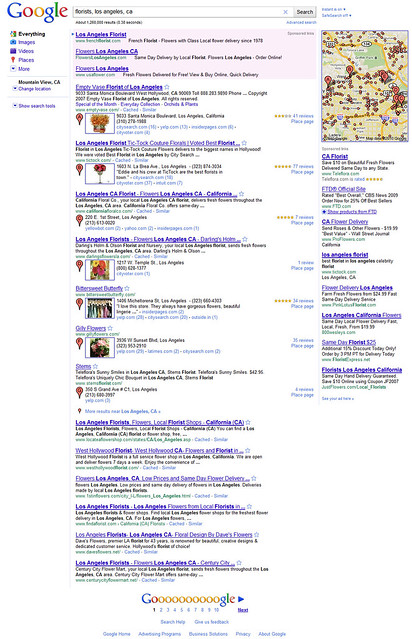
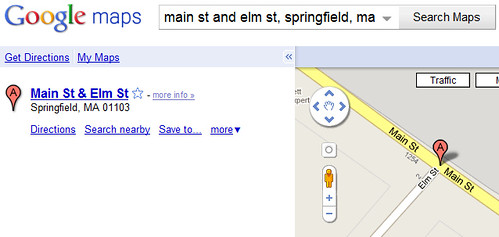
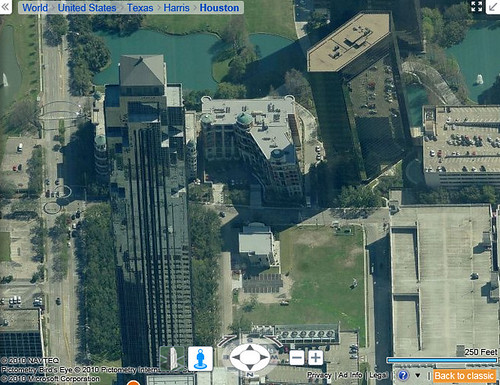

The Nazi Google-Bombing In Google Maps
Friday, May 21st, 2010Barry Schwartz pointed out on SER a Google Places Help thread about a Jewish business owner who is complaining about receiving “Nazi” keyword traffic via Google Maps. Indeed, if you search for something like “nazi” or “swastika building” in Google Maps in San Diego, this man’s Balloon business is oddly listed in the search results:
Now, you might wonder why people would be searching for those keywords in San Diego in the first place, and there’s actually a reason why, as Barry pointed out. In fact, I feel marginally responsible for this, so I delved into the business owner’s question to try to diagnose what might be happening.
Some years back, among all the reporting and documenting I do about what’s going on in Google Maps, I came across a unique building in San Diego — an old military barracks, as it turns out, which is shaped like a Nazi Swastika:
I documented that in my Flickr account, and went along without thinking about it much.
Until it went viral.
At some point, some radio DJs glommed onto the story and also the Anti-Defamation League came across the picture and made the public more widely aware of the offensive shape. Even though the shape could only be seen from flying overhead or via online aerial photos, public outrage was sufficient to persuade the military to agree to renovate the exterior of the building in order to change the shape in birds-eye profile.
So, there’s reason why a lot of people are searching for “nazis” and “swastika buildings” in San Diego. But, to a lay person it may not be clear why a balloon business might come up as relevant to those searches within Google Maps.
After delving into this, I believe there’s an explanation, and a solution (more…)
Posted in General Commentary, Maps & Mapping | 2 Comments »